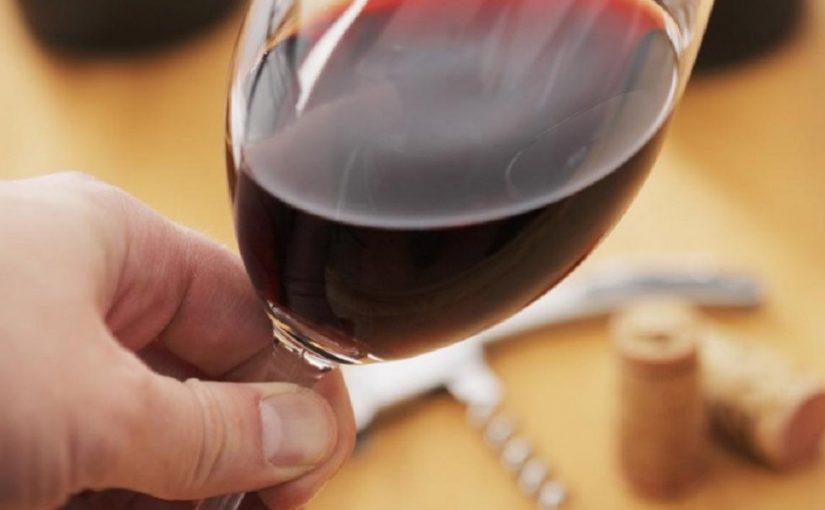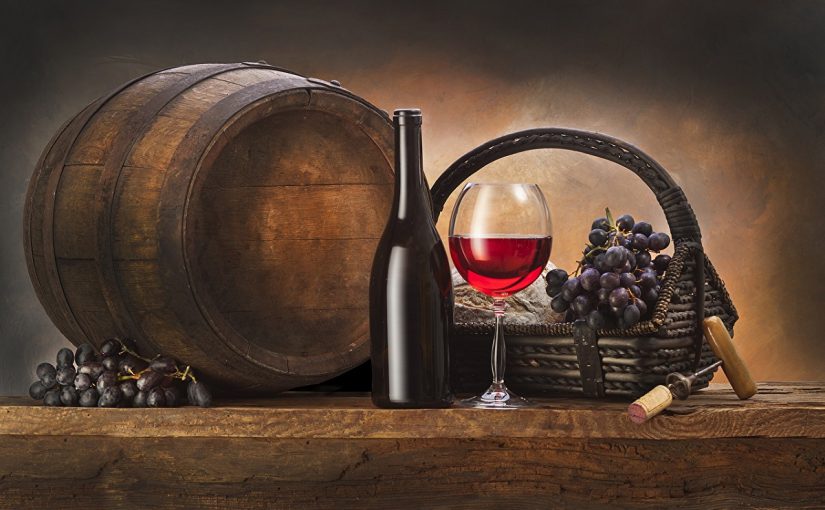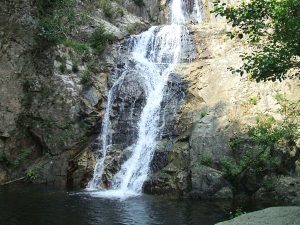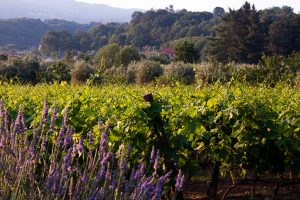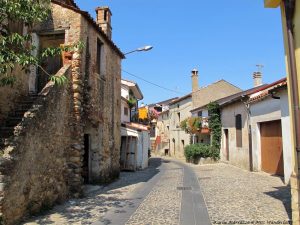20.1.2020
THE PAST OF VERBICARO’S VINEYARDS
gastronomy includes many Mediterranean wines, but no one is so full of history and local culture like “Verbicaro”, a protected denomination (“DOC”), a wine produced in a region comprised between the Tyrrhenian Sea and Pollino Massif.
Plentiful historical evidence shows that the ancient Romans produced there this nectar, letting ferment and age the grapes in the semidarkness of the “catuvi,” the local cellars. Precisely, in the more ancient past, grapes were taken on the back of mules to the so-called “parmienti” (in Italian “palmenti”) where barefoot peasants pressed and crushed the grapes and put the must in barrels inside Catuvi.
THE LAND OF VINEYARDS
“Verbicaro”, protected denomination (“DOC”), is a wine produced in a region comprised between the Tyrrhenian Sea and Pollino Massif. These lands, full of vineyards, are key factors in creating a viticulturally suitable mesoclimate for “Verbicaro”. The area of Verbicaro is a sub-region of Cosenza and it is DOC (so called “Terre di Cosenza” DOC) like the other local wines Donnici, Pollino and San Vito di Luzzi.
The topography of the land helps channeling wind and waters down the valleys and through the vineyards. The reliable air movement provides a stable environment, while the sea waters, surrounding the Calabrian peninsula, moderate the intense heat of south Italian summer.
Effectively, the Verbicaro area is small, between the Savuto and Lamezia zones (it is the coastal hills of the ‘Riviera dei Cedri’ and beside the River Lao, where this fruity ruby red wine is ideal with red meats and spicy food), but this wine blends and concentrates a large number of grapes, including Gaglioppo, Greco Nero, Greco Bianco and Malvasia Bianca. Therefore, it represents well all the scents, flavours and fragrances of an authentic Mediterranean cuisine.
THE PEOPLE OF VINEYARDS
The wine reflects something of the people and the local history of the village called “Verbicaro”.
This small town is surrounded by the hills of a cavernous valley and by mountains on either side, is 400 meters above the Tyrrhenian coast and offers a magnific view of the Calabrian hinterland and seascape below.
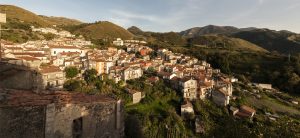
The history of local people recalls the ancient foundation by a pre-Roman, nomadic tribe, then Verbicaro has been conquered by Greeks, Romans, Byzantines, Barbarians, Spanish and French.
But the winemaking survived to these different cultures. The wine made by the grapes harvested in Verbicaro’s vineyards has been enjoyed since Roman times, and today experts considers that wine even the Calabria’s best wine.
Tables about the three (3) known Verbicaro wines
- “Verbicaro Bianco” is white and sparkling. Alcohol: 10.5%, straw yellow, soft, distinctive, dry, sometimes aromatic. Its grapes are Greco Bianco, Guarnaccia, Malvasia Bianca.
- “Verbicaro Rosso” is red and sparkling. Alcohol: 12.0%, ruby red, winey, soft, distinctive, dry, sometimes slightly aromatic. Its grapes are Gaglioppo, Greco Bianco, Greco Nero, Guarnaccia, Malvasia Bianca.
- “Verbicaro Rosato” is red and sparkling. Alcohol: 10.5%, pink more or less intense, soft, distinctive, dry. Its grapes are Gaglioppo, Greco Bianco, Greco Nero, Guarnaccia, Malvasia Bianca.

SMAF LTD
Explore our products, coming from CALABRIA. Order the food and beverage products that allow you to explore the Mediterranean diet of a remarkable region. Surrounded by two seas and adorned with pine forests, mysterious villages, natural habitats, and rich biodiversity. Discover handcrafted delicacies that embody the soul of the land: sun-ripened fruits, premium olive oils, bold wines, artisanal cheeses, and traditional cured meats, all crafted with passion and authenticity.

